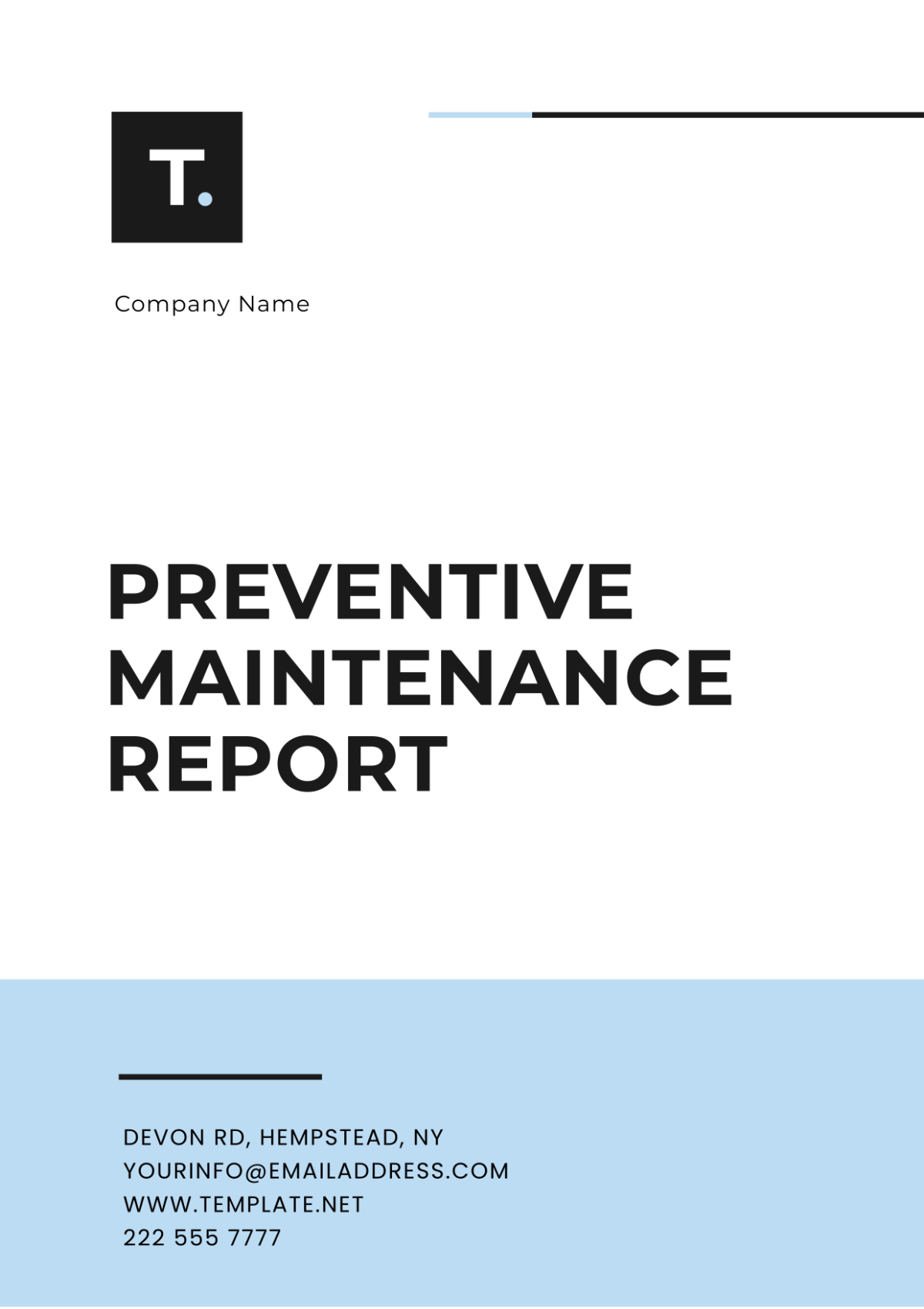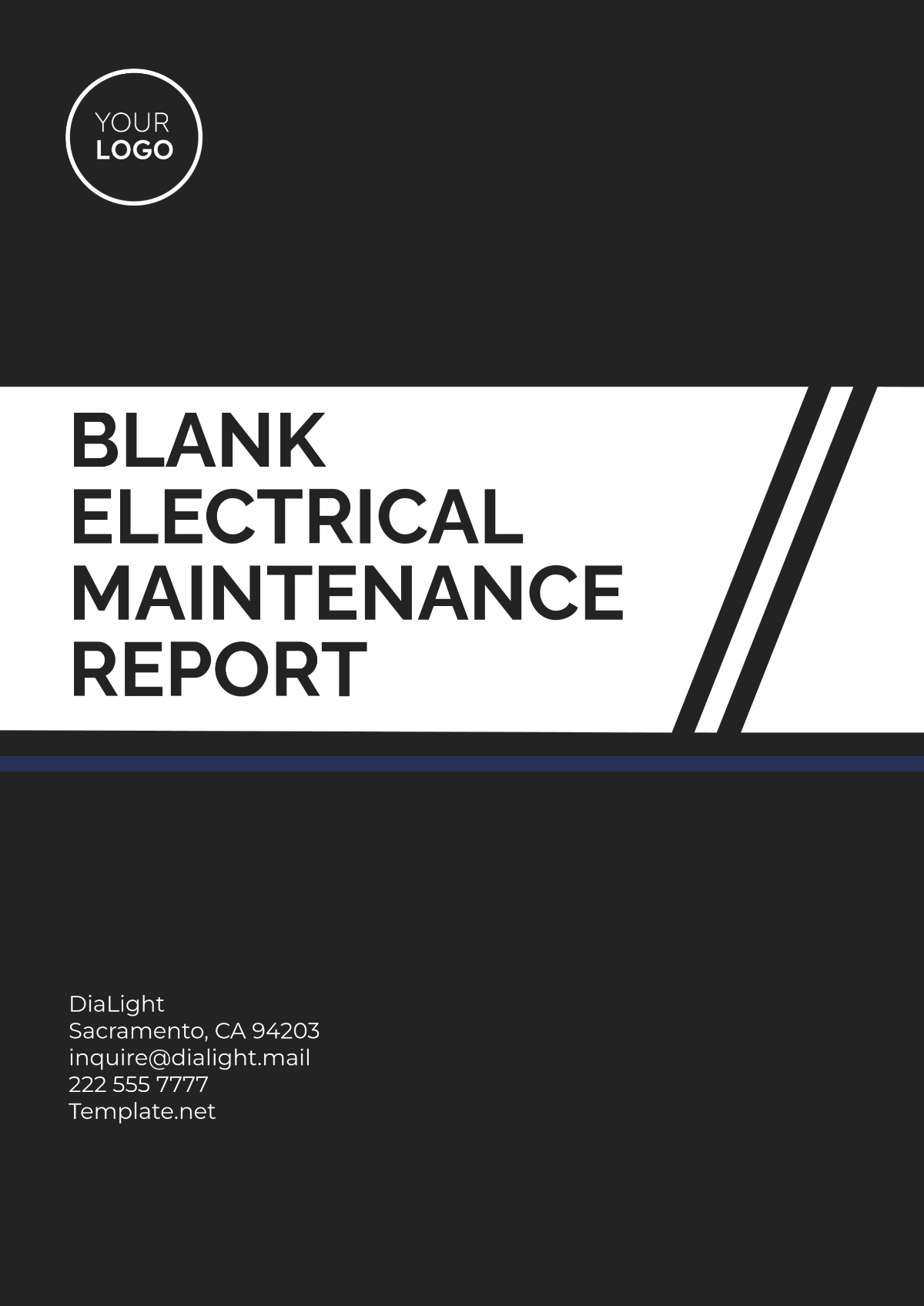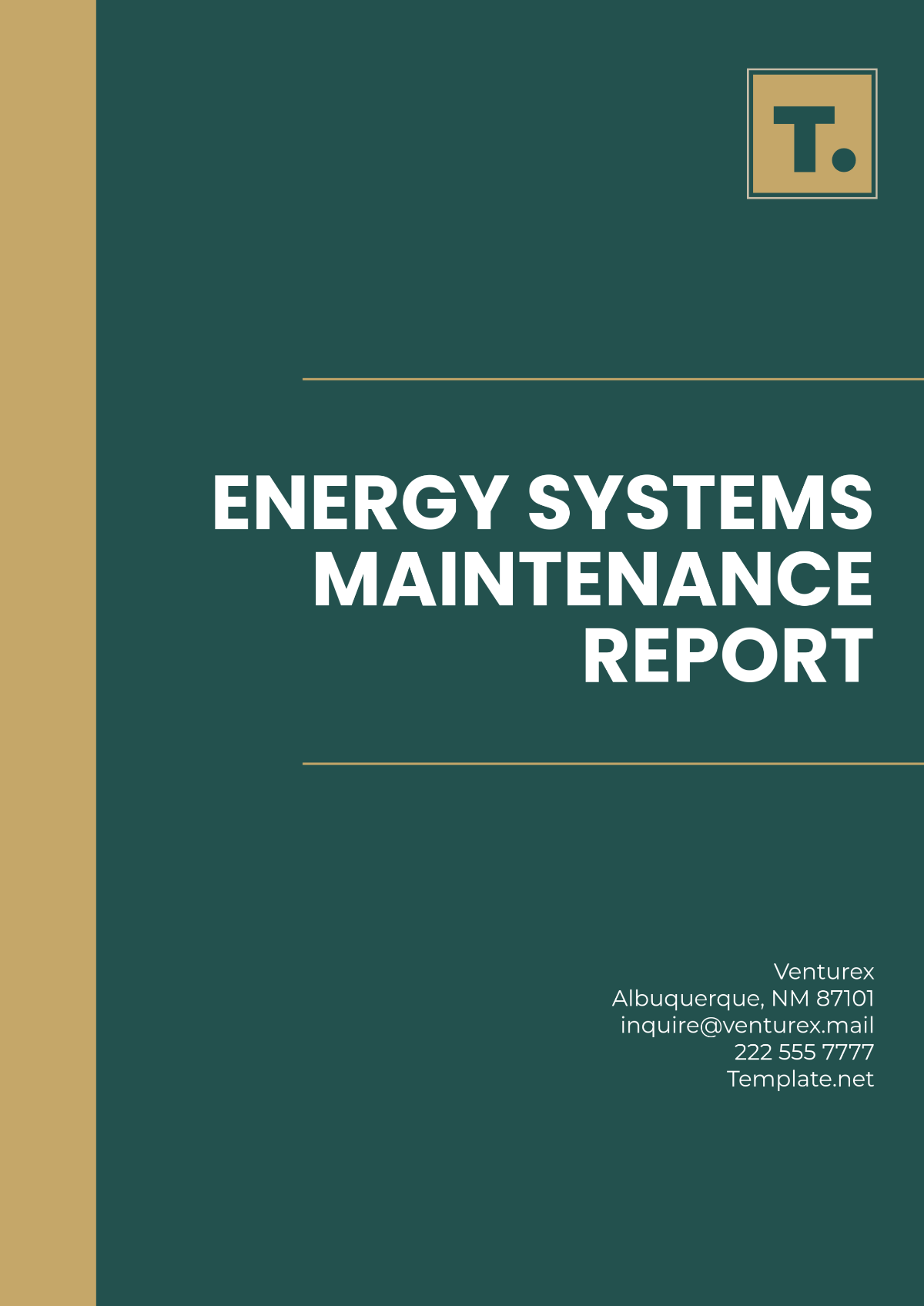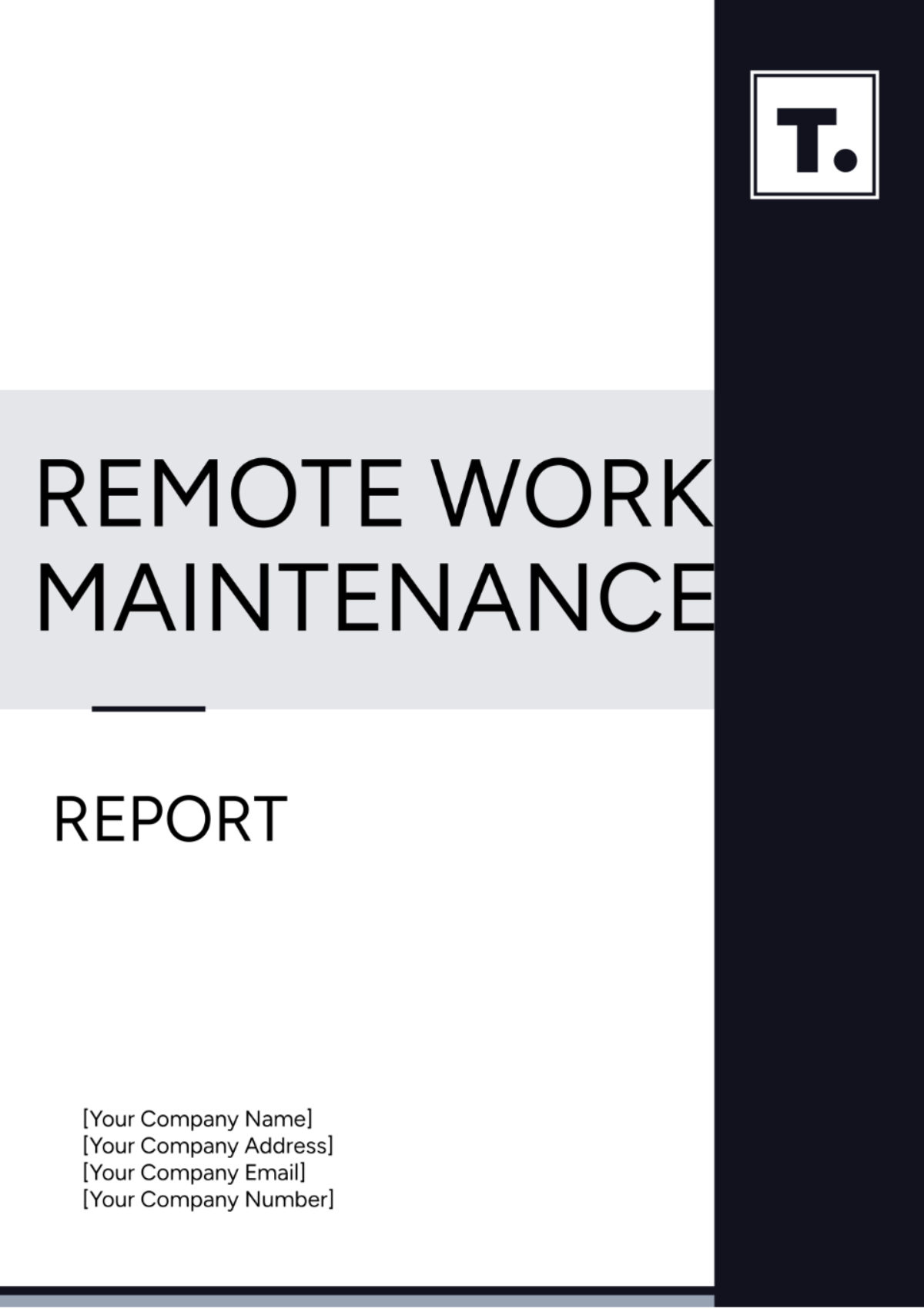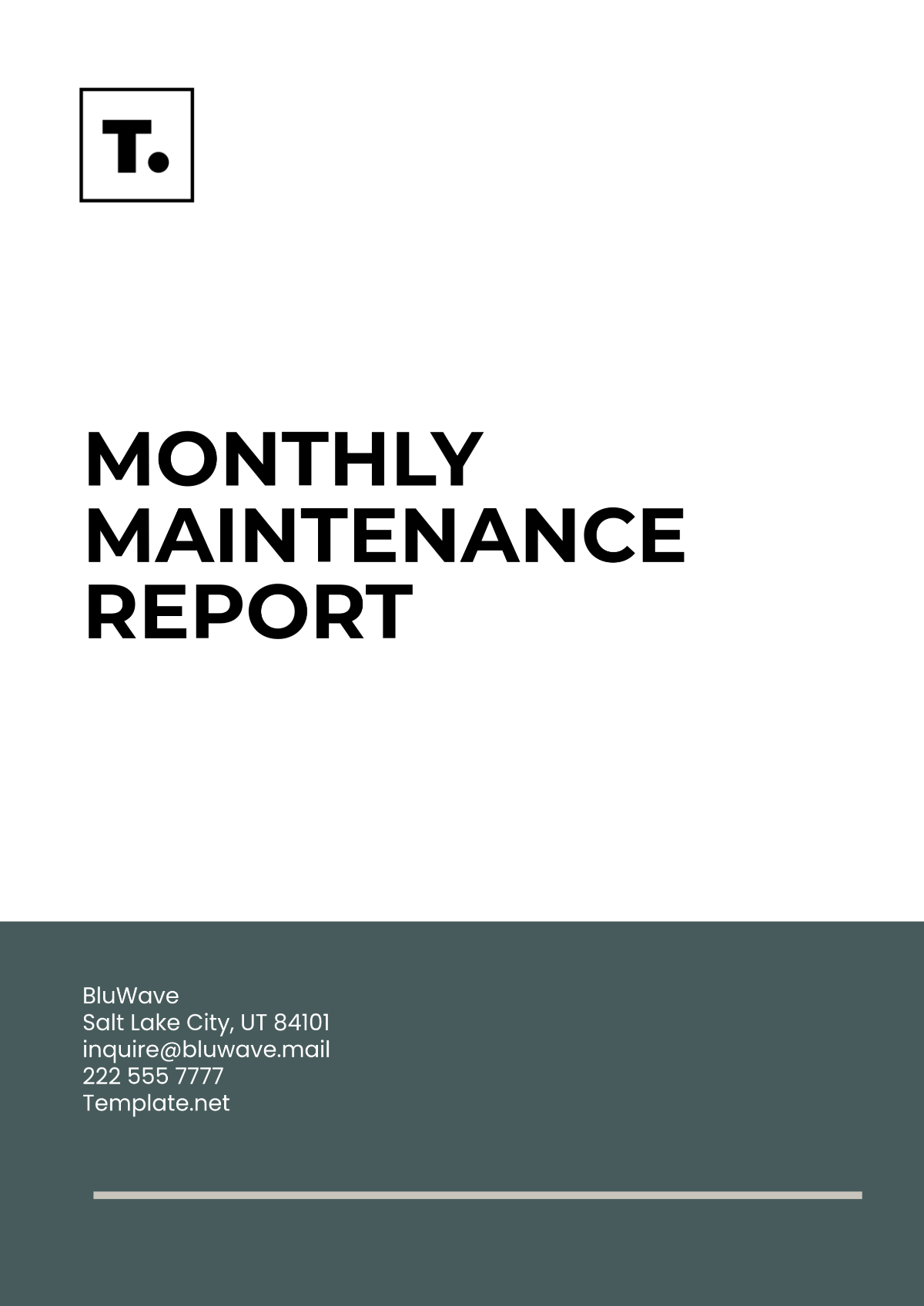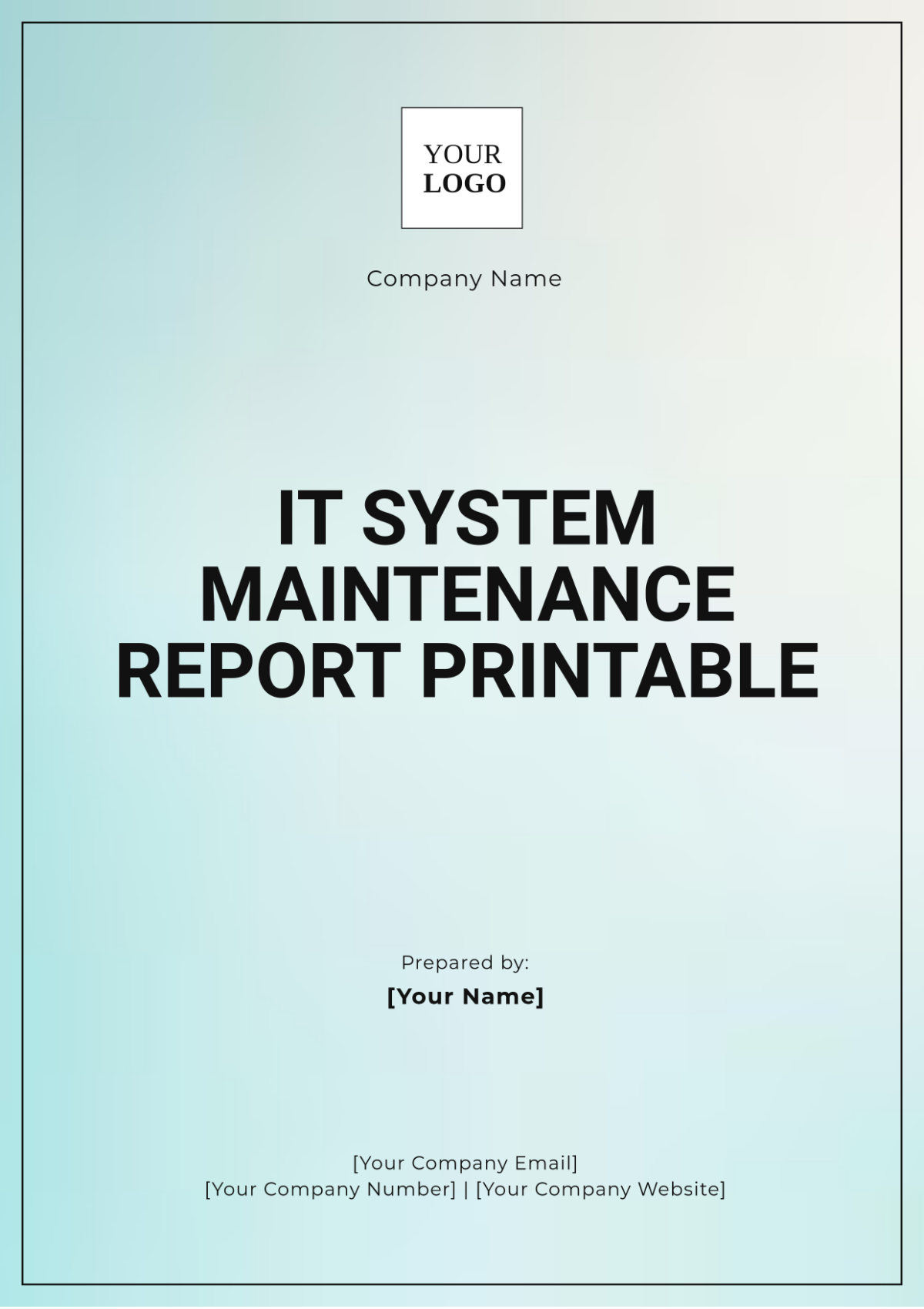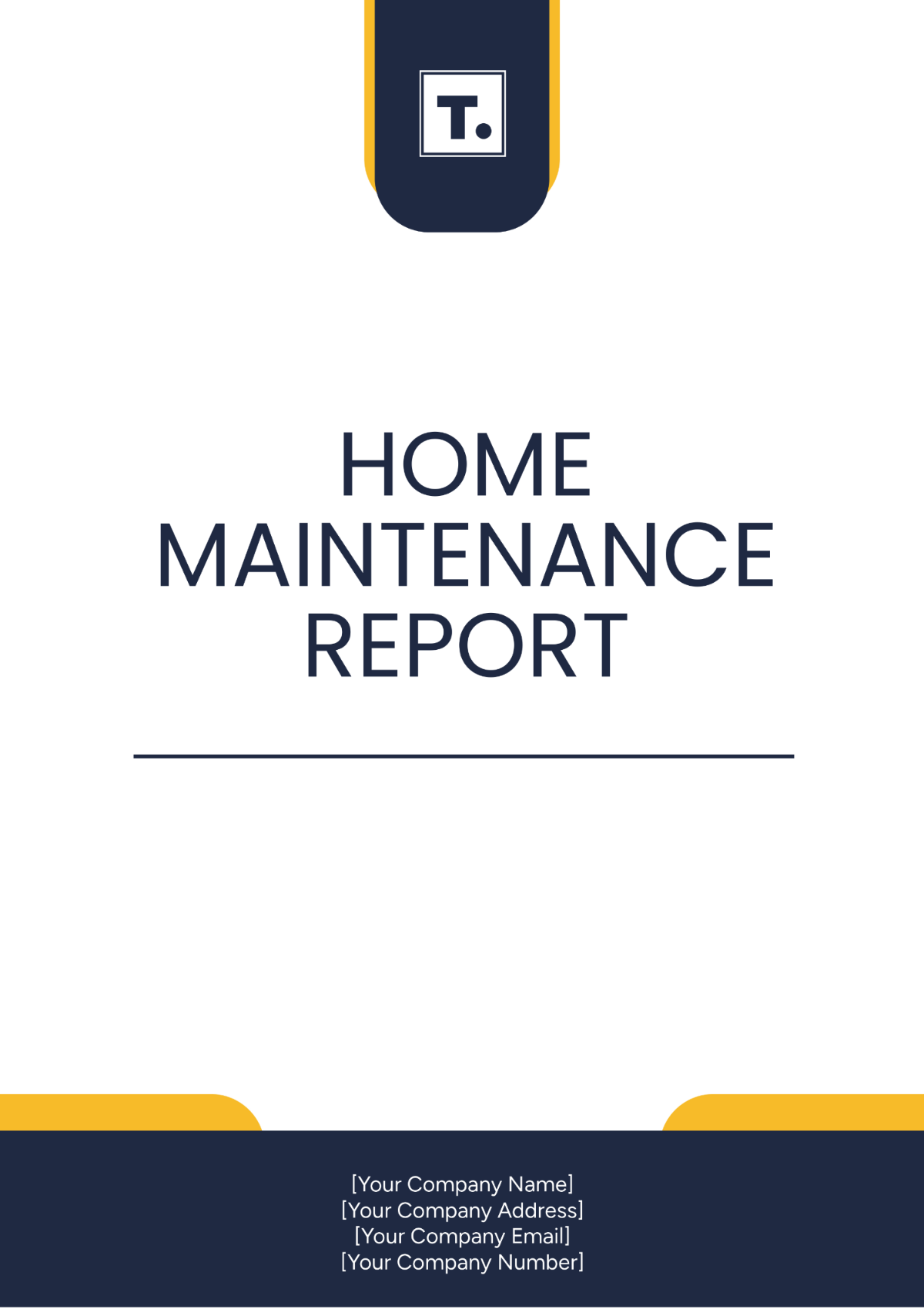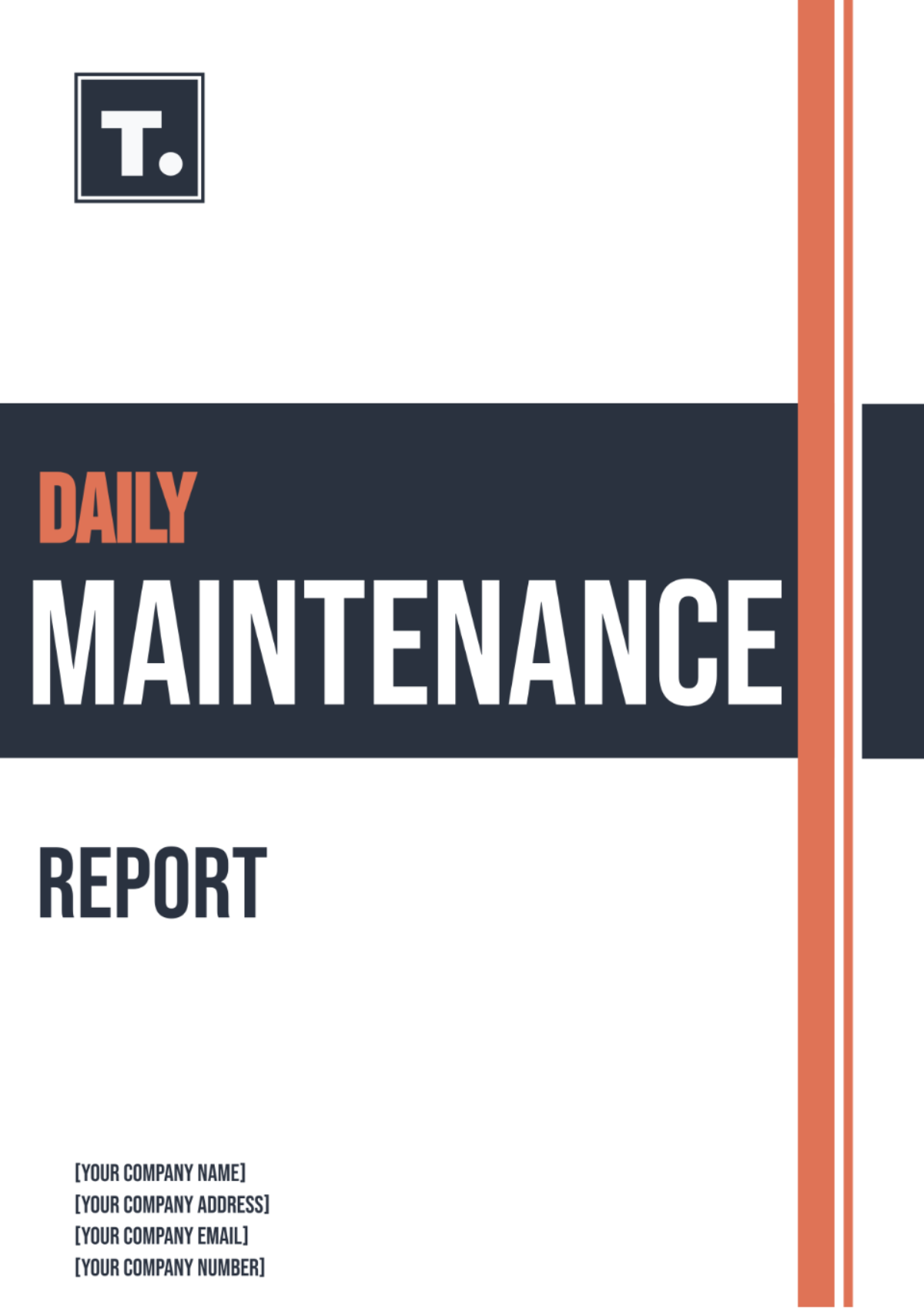PREVENTIVE MAINTENANCE SERVICE REPORT
I. Introduction
This Preventive Maintenance Service Report documents the scheduled maintenance activities conducted on the HVAC system serving Building A, located at 123 Main Street, on June 25, 2054. The purpose of this report is to detail the maintenance tasks performed, note any findings, document actions taken, and provide recommendations for the continued efficient operation of the HVAC system.
II. Technician Details
Name: | [Your Name] |
|---|---|
Contact: | 555 - 123 - 5678 |
Email: | [Your Email] |
III. Equipment Details
Equipment ID: | HVAC-001 |
|---|---|
Model: | ACME Model 5000 |
Serial Number: | SN-123456789 |
Location: | Building A, 4th Floor |
IV. Maintenance Tasks
Task | Description | Status |
|---|---|---|
Inspection | Visual inspection of all components for wear, leaks, and damage. | Completed |
Lubrication | Application of manufacturer-recommended lubricants to motors, bearings, and moving parts. | Completed |
Adjustment | Calibration of thermostat settings according to seasonal requirements and building occupancy. | In Progress |
V. Findings
A. Equipment Condition
During the inspection, it was observed that the fan belt and motor bearings showed signs of wear and will need replacement within the next six months.
No leaks or abnormal noises were detected during the operational tests.
B. Safety Issues
A loose electrical connection was identified on the control panel, which posed a potential safety hazard. It was promptly tightened and secured.
No other safety concerns were observed during the maintenance checks.
C. Performance Analysis
The HVAC system continues to maintain consistent cooling efficiency within acceptable parameters, with no significant fluctuations noted.
Airflow measurements indicate that the system is delivering the required air volume to each area served by the HVAC unit.
VI. Actions Taken
A. Repairs
The worn fan belt was replaced, and the motor bearings were lubricated to extend their operational life and ensure smooth operation.
The loose electrical connection on the control panel was tightened and secured to eliminate the safety hazard.
B. Adjustments
Thermostat settings were recalibrated to optimize energy efficiency during peak cooling periods, ensuring comfort while minimizing energy consumption.
Preventative maintenance tasks were performed on air filters and condensate drains to prevent clogging and ensure proper drainage.
C. Cleaning
Condenser coils were thoroughly cleaned to remove dirt and debris, which could hinder heat transfer efficiency.
Air filters were inspected and cleaned to maintain optimal airflow and indoor air quality.
VII. Recommendations
Schedule quarterly inspections to monitor the condition of critical components such as belts, bearings, and electrical connections.
Consider upgrading to energy-efficient motors and variable frequency drives (VFDs) to further reduce operational costs and enhance system reliability.
Implement a regular maintenance training program for building staff to ensure they understand and follow energy-saving practices and maintenance procedures.


